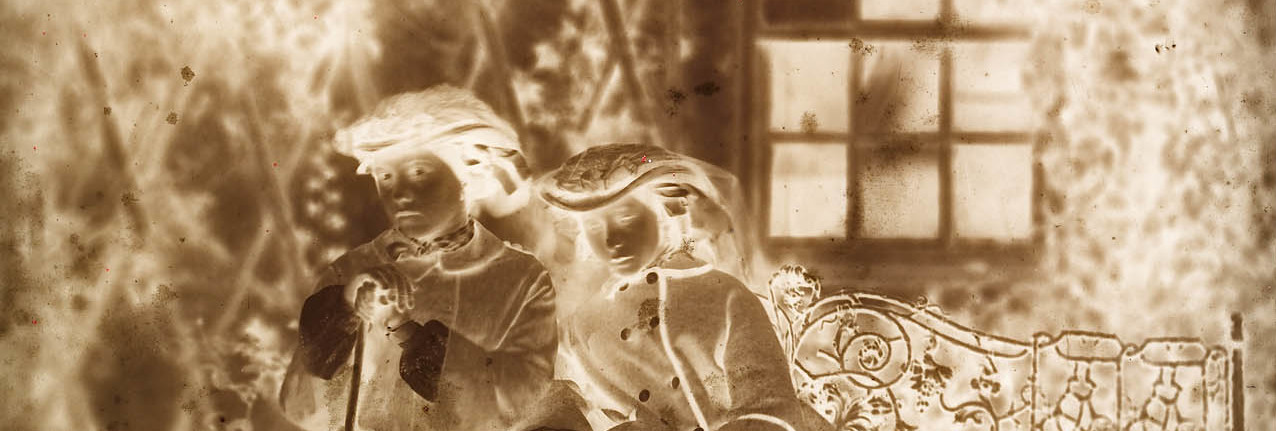
Learn more about the photographic techniques available in the mid-19th century
Albumen print
The albumen print was invented by Louis Désiré Blanquart-Evrard (1802–72) in 1850. The albumen print became the preferred medium for photographers owing to its production of highly detailed photographs in rich, brown tones, which worked in perfect harmony with the wet collodion process. Arguably the most popular of nineteenth-century photography techniques, the albumen print was used until the end of the nineteenth century.
'Victoria Alice and Mary Symons'
Copyright: Royal Collection Enterprises LimitedAlbumen photographs consist of photosensitive chemicals and silver bound to paper via an albumen, or raw egg white, layer. To create the positive image, a negative is placed in contact with the albumen paper and then exposed to light to ’print out’ the positive image. Albumen print paper is incredibly thin and fragile and works are therefore commonly adhered to thick card or mounted in albums. Initially, photographers created their own albumen paper. However, by the end of the nineteenth century, companies began producing albumen paper due to significant demand for easy, ready-made products.
This photograph is one among a number of works commissioned by Queen Victoria and Prince Albert of members of the royal household and their children. It was taken near Balmoral and depicts Victoria Alice and Mary Symons. The albumen print’s capacity for replicating and representing detail is evident in the way the blades of grass and folds in the young girls’ clothing is seen.







